USAID Cuts Leave U.S. Absent from Myanmar Earthquake Response, Say Former Officials
Trump-era foreign aid reductions blamed for lack of U.S. disaster assistance after deadly quake
The United States was notably absent during the critical early days of rescue efforts in Myanmar following a devastating earthquake, a move former officials attribute to deep cuts in foreign aid under the Trump administration.
According to three former senior officials from the U.S. Agency for International Development (USAID), America's response was hindered by budget slashes and dismantling of key humanitarian programs. “America has been on the sidelines,” said one former USAID mission director for Myanmar. Another added, “The U.S. basically was not there for the rescue-window period.”
The 7.7 magnitude earthquake, which struck on Friday, has so far claimed over 2,700 lives, left more than 4,500 injured, and hundreds are still missing, according to Myanmar’s military. The death toll is expected to rise.
Historically, USAID’s Disaster Assistance Response Teams (DARTs)—which include trained rescuers, sniffer dogs, and specialized equipment—have been rapidly deployed to major disasters around the world. In contrast, the U.S. response to Myanmar’s crisis consisted of just three advisors, not rescue personnel.
The State Department announced on Monday that $2 million would be donated to humanitarian organizations assisting in the region—an amount significantly lower than past U.S. disaster relief efforts. In comparison, previous deployments, such as the 2023 Turkey-Syria earthquake, included roughly 200 personnel, most of them rescue workers.
Former USAID Administrator Andrew Natsios said the White House had attempted to deploy a DART team after the earthquake but was unable to, as key staff had already been put on administrative leave. “They fired most of the 500 people in the Bureau of Humanitarian Assistance,” he said. “You can’t send a team when there’s no one left to staff it.”
Chris Milligan, who led USAID's Myanmar mission from 2012 to 2016, revealed that termination letters were issued to bureau employees on the same day the earthquake struck. “They were told to go home by 1 o’clock,” he said. “Later, they were told to come back. It showed a total lack of coordination.”
The logistics contracts that typically support the deployment of DART teams—including transport of personnel and equipment—were also cancelled, according to two of the officials. “It’s the first time I can remember the U.S. failing to respond meaningfully to a disaster of this scale,” said Jeremy Konyndyk, former director of USAID’s Office of Foreign Disaster Assistance.
Konyndyk emphasized the importance of a rapid response. “You’ve got to get there in the first four days to make live rescues. The U.S. wasn’t there. It’s too late.”
Even if contracts were reactivated now, he said, it wouldn’t help. “The people who handle that—issuing new contracts, managing logistics—they’ve all been fired.”
Despite these claims, the State Department denied that USAID cuts affected the response. A spokesperson said the U.S. had partners in the region that “may not require us to be physically present” and insisted that ongoing reforms would not diminish the country’s impact. “Every response is different,” they said.
However, former officials remain unconvinced. “You can’t pull people from a collapsed building virtually,” Konyndyk argued. “You need boots on the ground.”
Milligan echoed the sentiment, warning that diminished U.S. engagement creates a vacuum for other global powers. “This is what it looks like when the United States retreats from the world stage,” he said. “We’re ceding space to others—like China.”
The State Department maintains that it has active contracts with Urban Search and Rescue teams and that a USAID humanitarian team is en route to assess the situation in Myanmar. But it has confirmed there are no plans to deploy a full DART team.


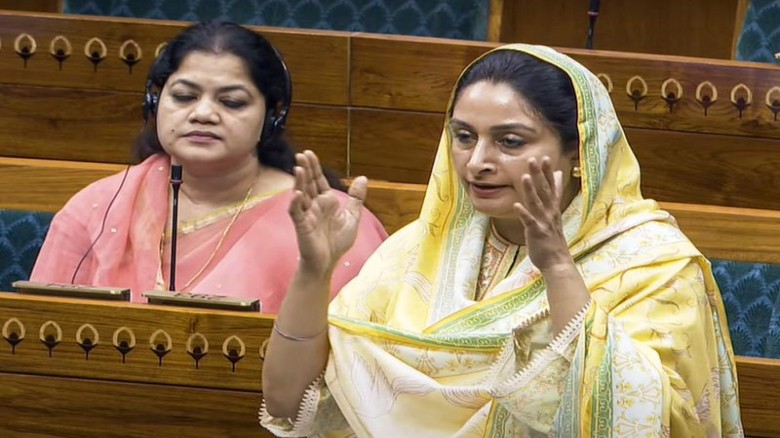

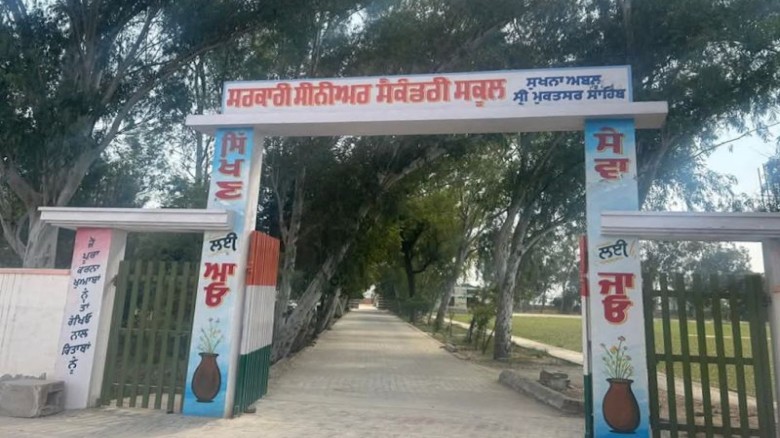

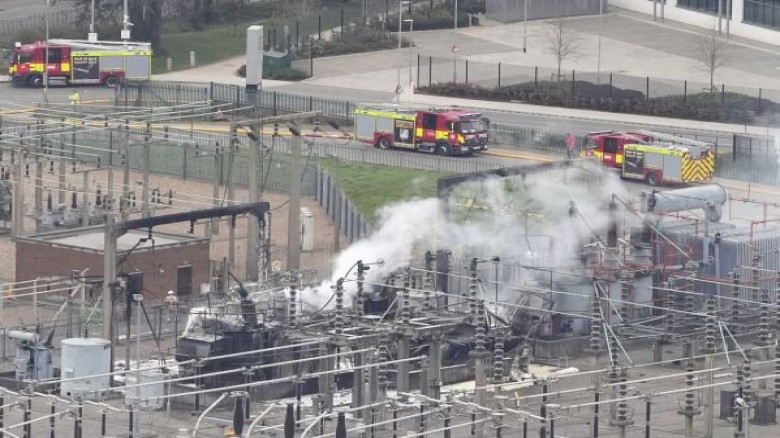


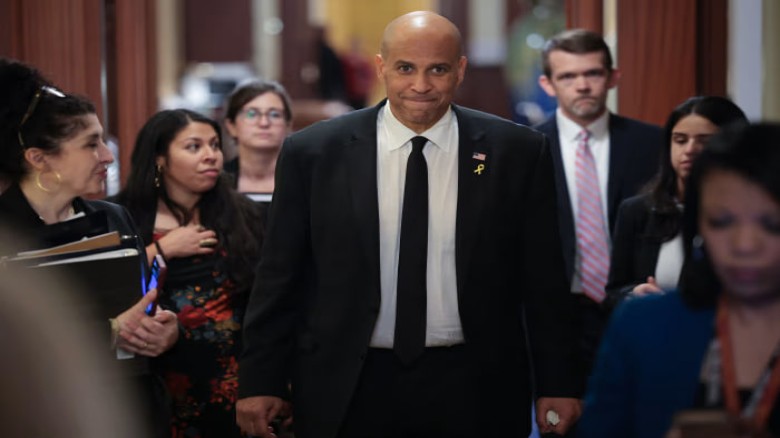
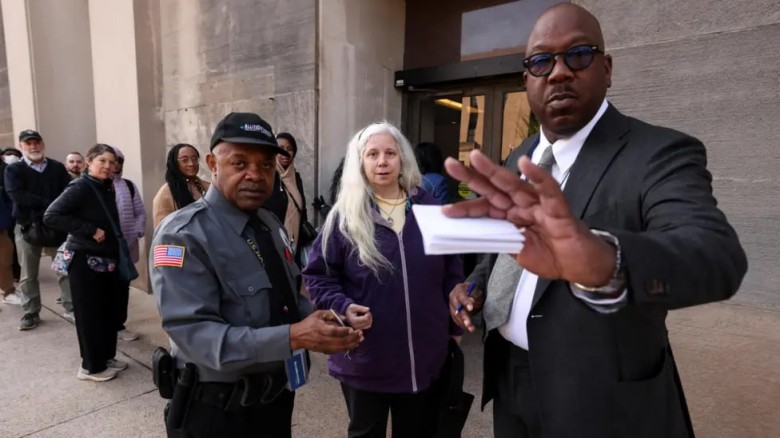


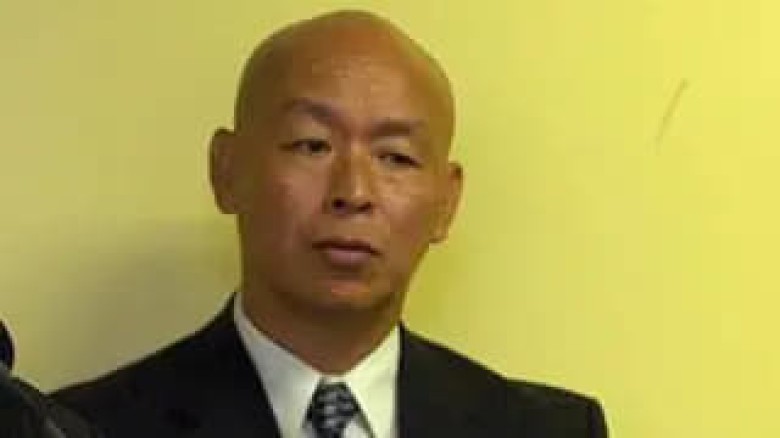

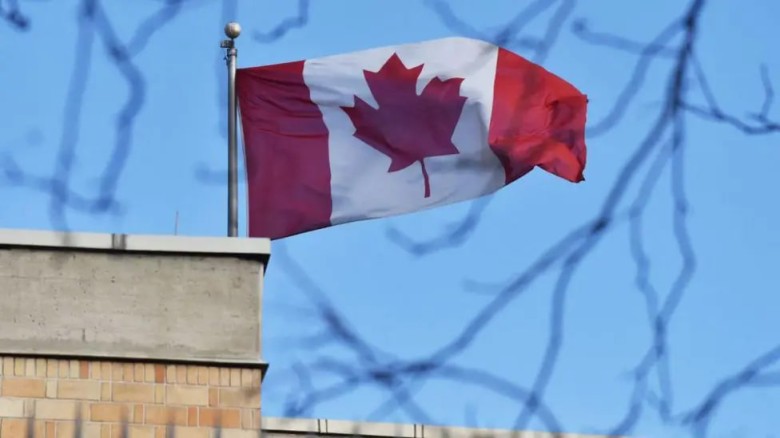





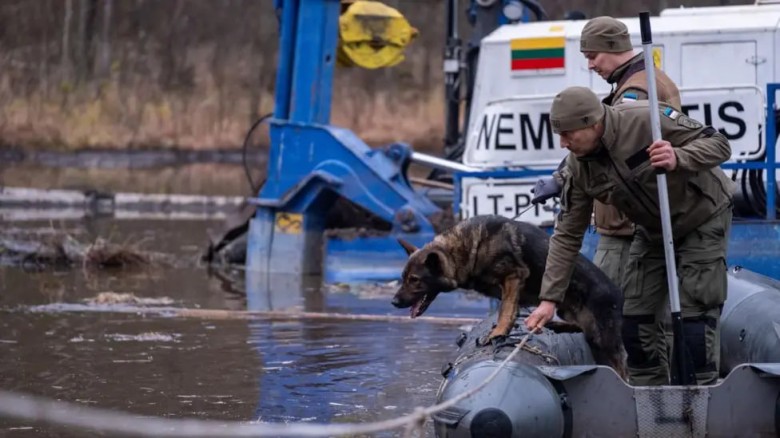

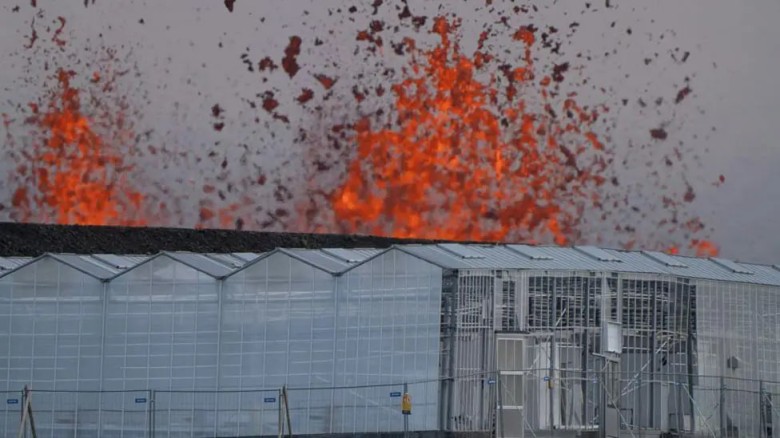
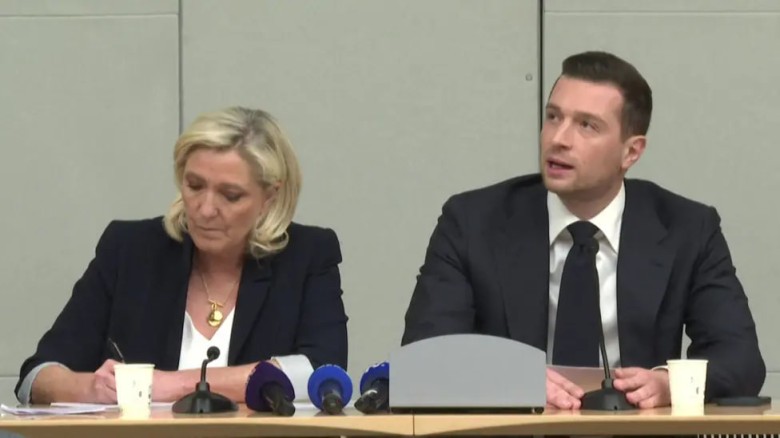
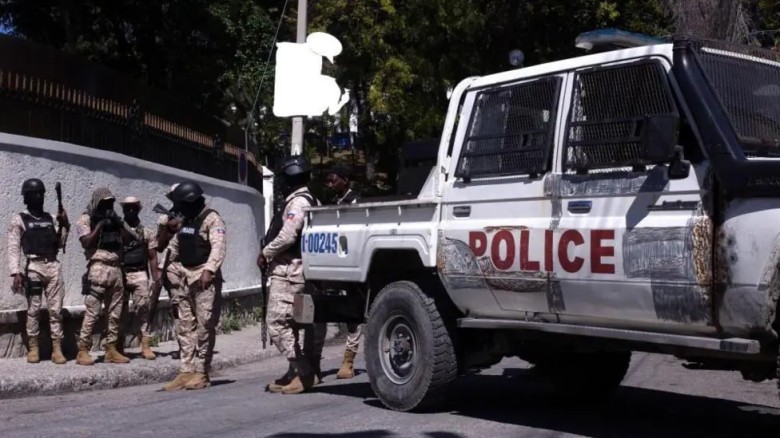
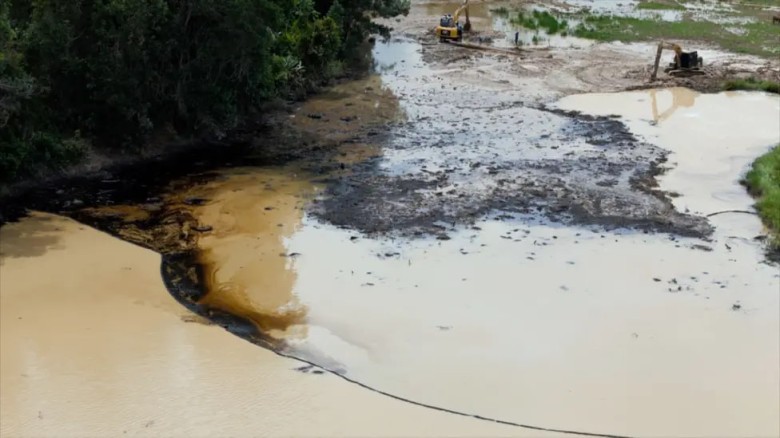
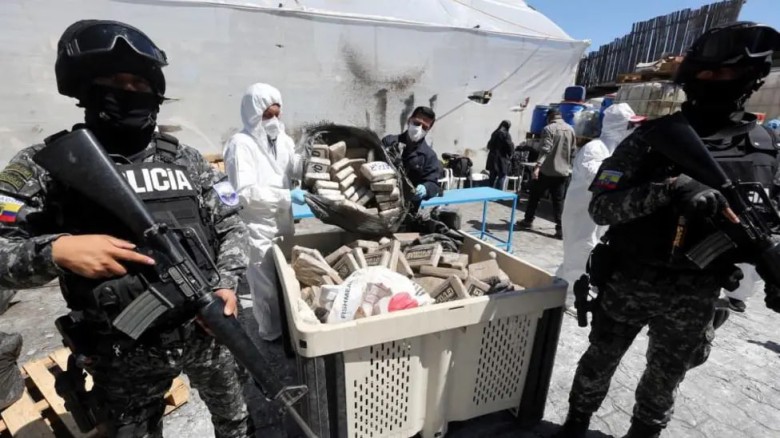



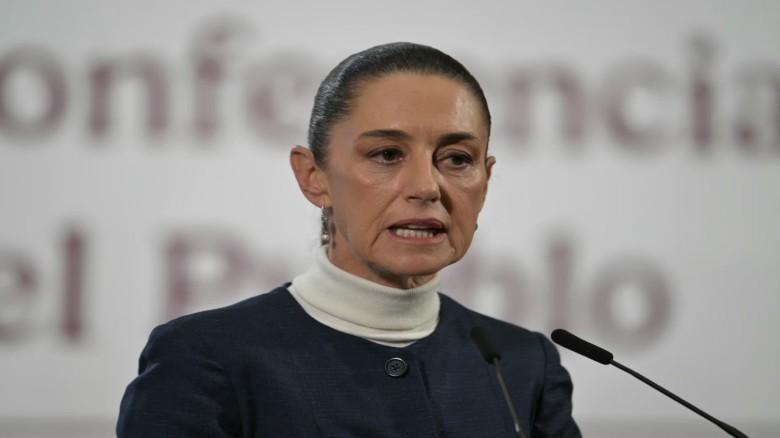


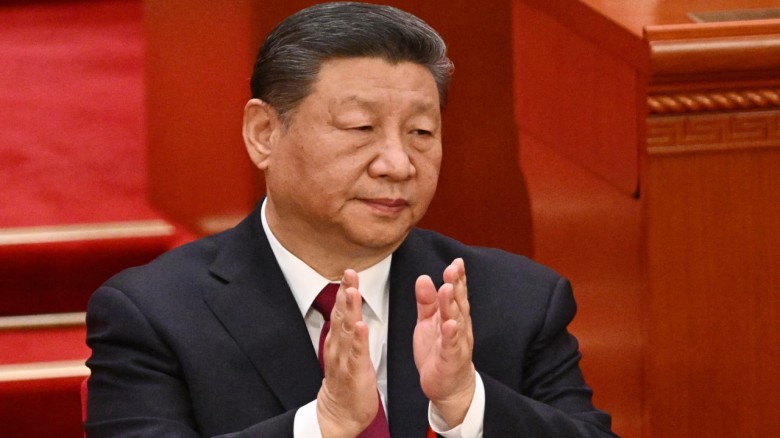
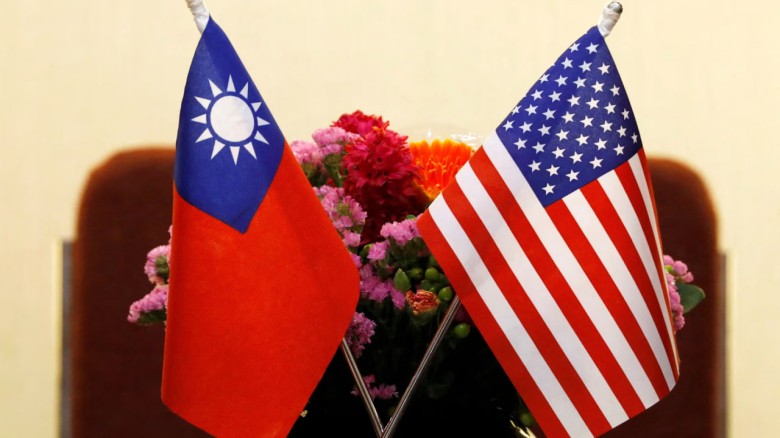



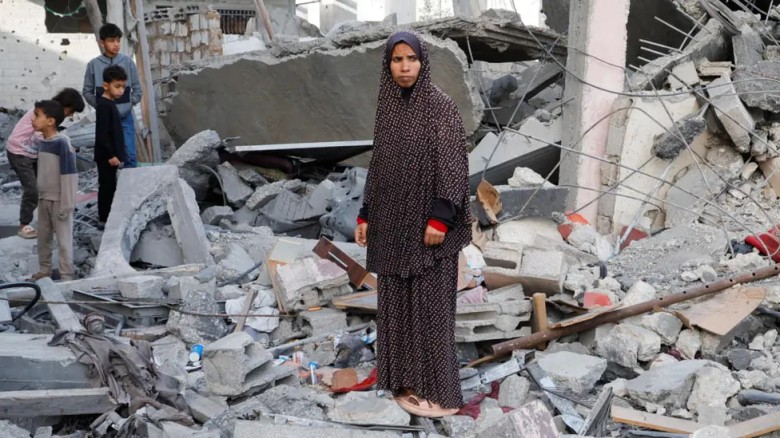
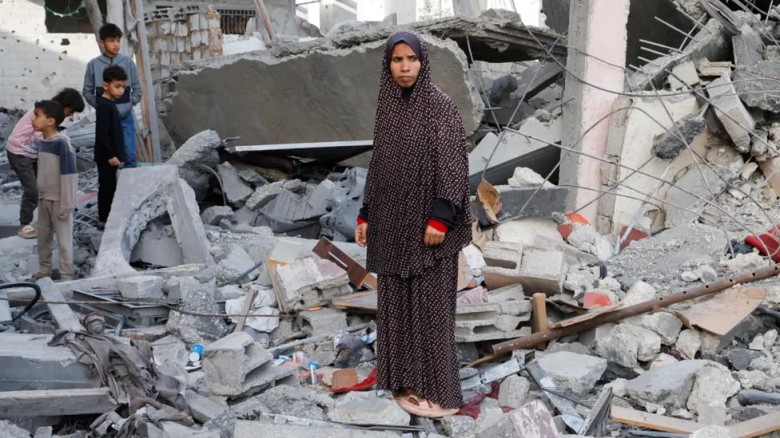





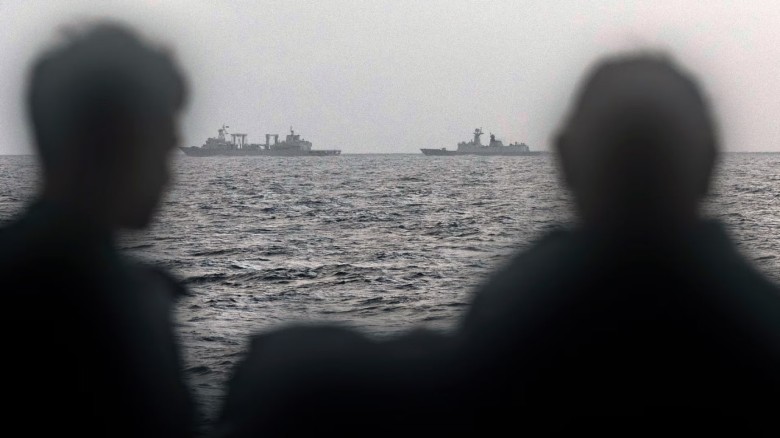
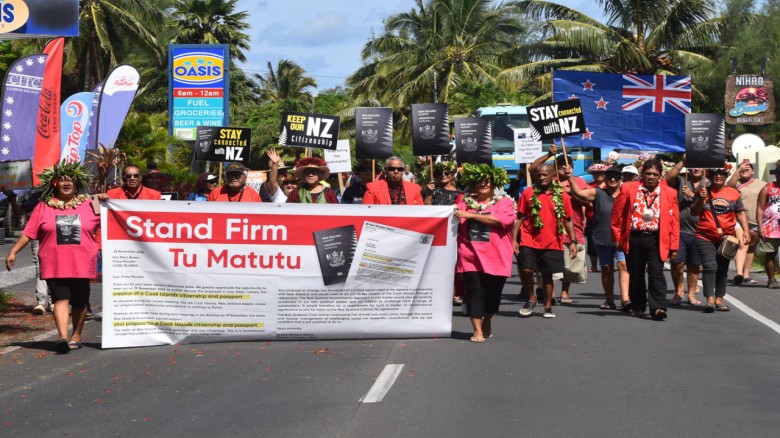

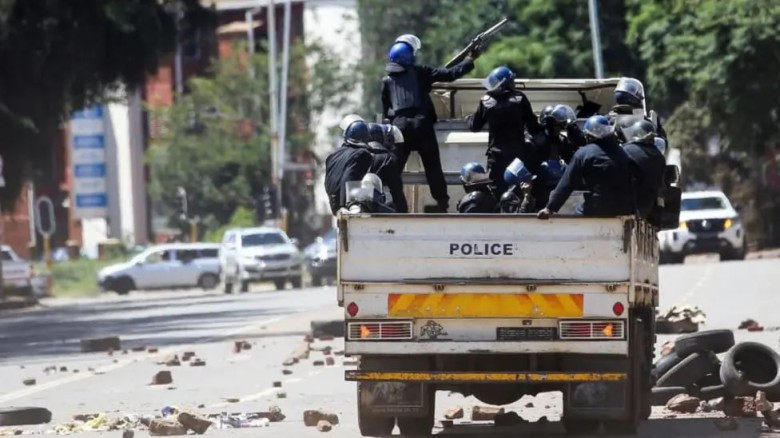
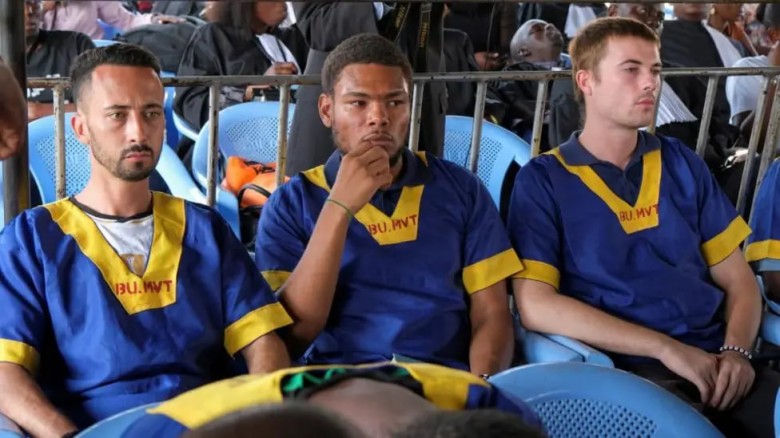
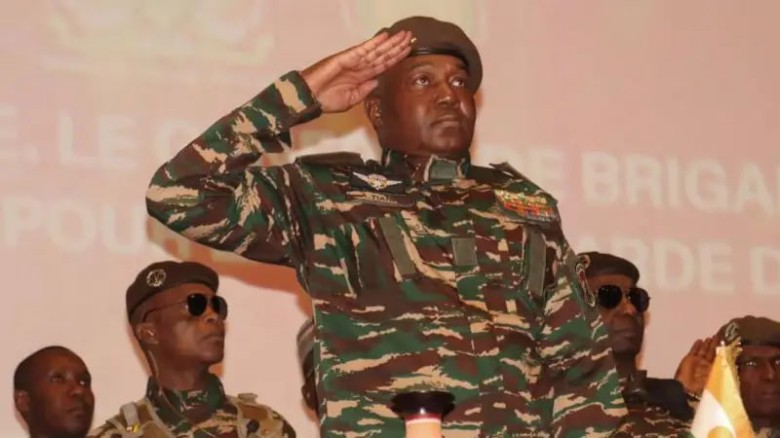
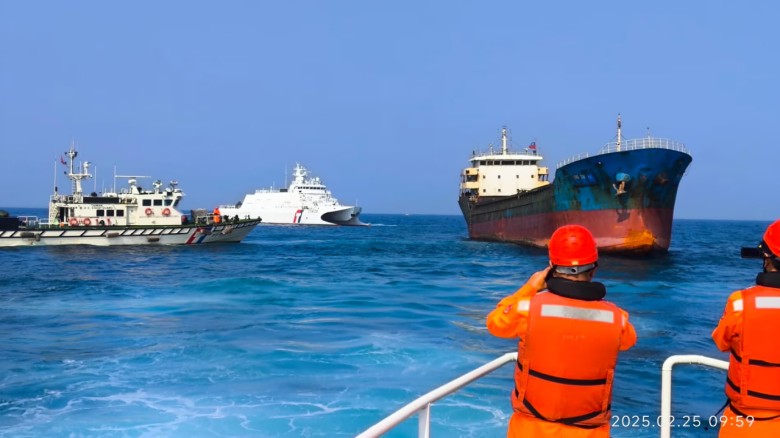
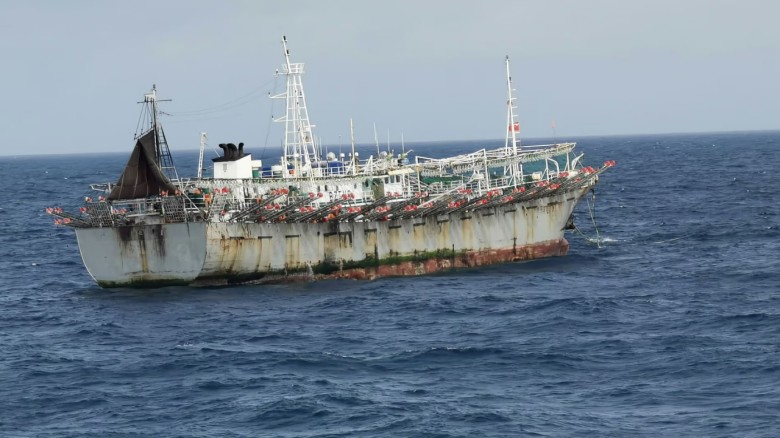

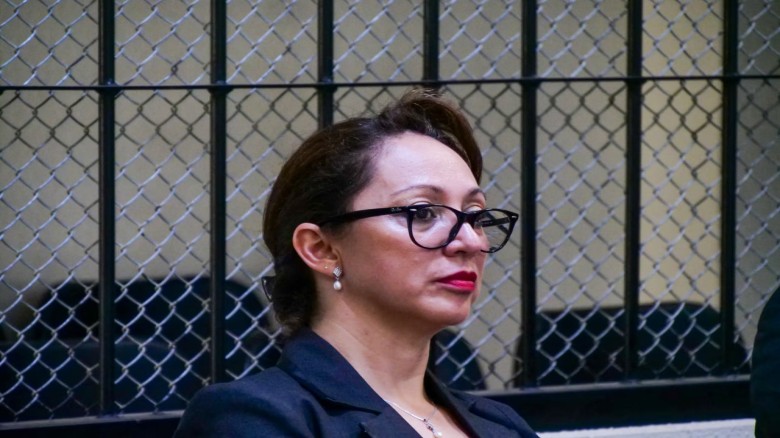











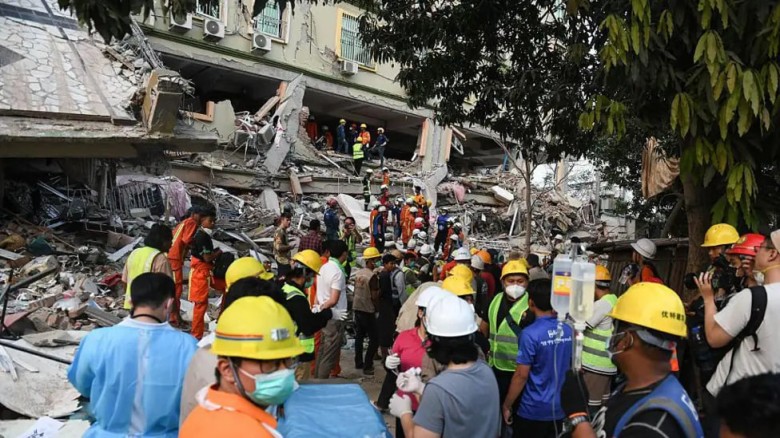


Leave A Comment